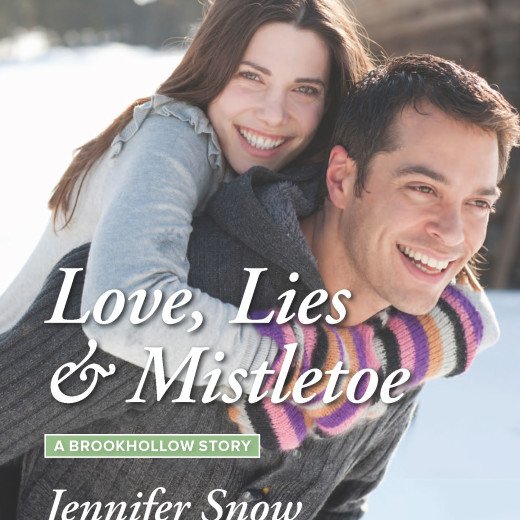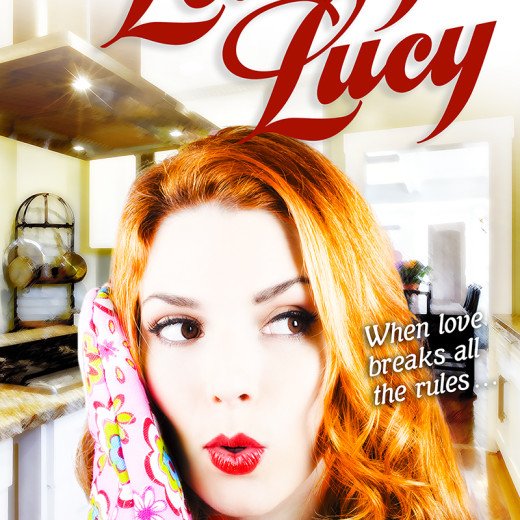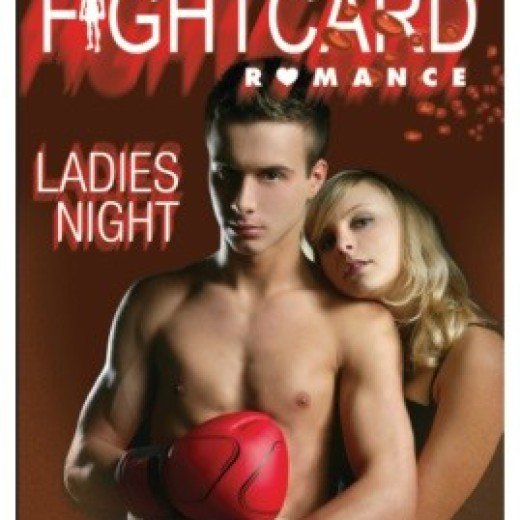Music and Writing: Using Music When You Write by Michael H. Fox
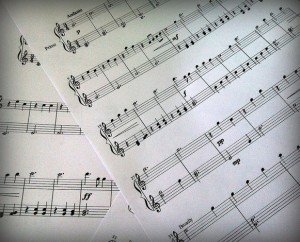 I would like to welcome a new guest writer, Michael H. Fox, to Writer’s Fun Zone. Today Michael discusses music and writing, and how you can use music to help you write. Enjoy!
I would like to welcome a new guest writer, Michael H. Fox, to Writer’s Fun Zone. Today Michael discusses music and writing, and how you can use music to help you write. Enjoy!
***
Which is the better tool, a table saw or a handheld circular saw? How about a crescent wrench or a socket set? Okay, now try a more technology-based scenario: Excel or a database?
Same answer for each question, right? . . . It depends.
What are you working to accomplish? How much brute muscle is required? How much finesse?
At an early age, I discovered music can be a tool, too. Of course, unlike a handheld circular saw, music is also something we can enjoy in social settings with complete strangers . . .
As a youngster, I loved Rock-n-Roll; yet, I always did my homework while listening to Baroque Classical. Instinctively, I recognized there was some focus factor “magic” that occurred in my brain each time I labored over homework in an environment filled with Baroque.
That native recognition followed me into adulthood, where I’ve learned to apply various musical genres to one manual activity or another. For instance, Country Music fits best with home improvement/maintenance; Hard Rock works real well in the garage, with auto-repair. Jazz keeps culinary tasks fun and engaging. And, when I write (or do any “think” work), I need non-lyrical music that is not too intrusive on mental processes. And, it’s this non-intrusive variety that I’ll focus on herein.
Classifying Music
It’s helpful, to me at least, to distill my non-lyrical, mood library into four basic elements: tempo, melody, color, and invoked memory. The first three are elements internal to the piece itself, the fourth is an external element involuntarily assigned by me (sometimes, it just kinda’ happens). This fourth element can prove distracting, unless the invoked memory is appropriate to the material I happen to be writing, so; consequently, it becomes my first active filter in eliminating a piece from my playlist for a given task.
The other three elements are subjective. I may prioritize tempo over melody in one circumstance, or consider the color of the piece to be essential in another.
As I approach writing, I think of it as four distinctive phases: conception, structure, writing, and editing. These alternate between right-brain and left-brain emphasis. Each, to my mind, requires a different mix of tempo, melody, and color to maximize my focus and productivity.
Tempo equates to pacing – beats per minute. I can exploit higher tempo to inject energy into a scene or, if engaged in the structure phase, keep my internal pacing elevated as a defense against bogging down in still-maturing detail that will likely change anyway. On the other hand, a slower tempo lends itself to deep, cerebral processes – similar to when I did my homework to Baroque.
Melody can be either a boon or distraction. My personal preference is to minimize melody during intense focus. I’ve found if a melody is too pronounced, it pulls my mind away from the task and gives it an escape (read, entertainment). Under different circumstance, entertainment is awesome, but not while I’m working.
Color is critical, especially during the writing phase. Color is like ice cream on apple pie – it completes the experience. I think of color in my non-lyrical, mood library almost as a sub-genre delimiter: is the musical piece dark, heavy, thin, airy, ethereal, etc. I classify pieces by color.
That’s a Rap (Rap, he, he. Get it?)
So, in pulling it all together, if good writing is defined as stimulating emotional response in readers, writers need to master skillful use of tools to accomplish good writing. Music is one such tool I use in pursuit of this goal. It’s a foundational tool in my workflow against which I exercise other tools to create effective fiction.
The key, in my experience, is to select the correct musical tool and develop the skill to successfully apply it to the task at hand.
Over time, I have amassed a vast musical library. Portions of its content may be considered obscure or, even, peculiar. I tend toward longer pieces, or pieces similar in style so as to avoid too many mental hiccups during transition from one piece to another. Distractions are poison to my creative flows-of-consciousness!
Resources
The below list represents what I anticipate may be new ground for many. That’s the point of including it. Take a moment to peruse the links and listen to those musical pieces that intrigue you. Hopefully, you’ll find gold there, as I have.
Binaural Beat Brainwave Subliminal Systems:
- https://www.facebook.com/pages/Binaural-Beat-Brainwave-Subliminal-Systems/141665349263981
- http://www.amazon.com/Binaural-Beat-Brainwave-Subliminal-Systems/e/B004MAQGDY
Simon Fox:
Steven Halpern:
John Huling:
Will Ackerman:
- http://www.williamackerman.com/music.html
- http://www.amazon.com/s?_encoding=UTF8&field-artist=Will%20Ackerman&search-alias=music
Taylor Guitar’s Wood & Steel series:
Arcangelos Chamber Ensemble:
***
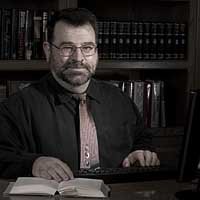 Michael H. Fox is, by day, a practitioner of financial analysis in corporate America’s payments industry and, by night, a purveyor of fictional mischief, tension, and mayhem. Also, he’s the proprietor of Fox Creek Photographic – provider of fine-art wall decor. In his free time, Michael is employed as staff by the family cat.
Michael H. Fox is, by day, a practitioner of financial analysis in corporate America’s payments industry and, by night, a purveyor of fictional mischief, tension, and mayhem. Also, he’s the proprietor of Fox Creek Photographic – provider of fine-art wall decor. In his free time, Michael is employed as staff by the family cat.

